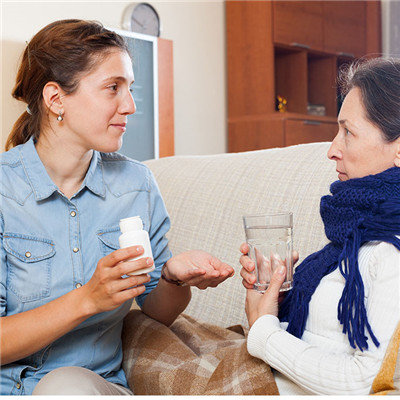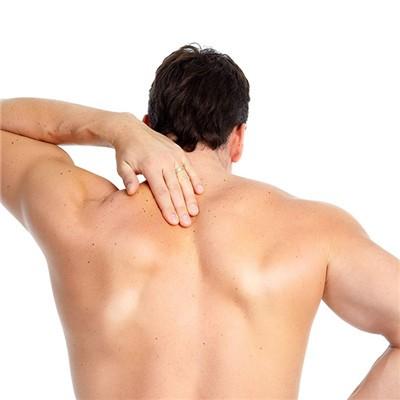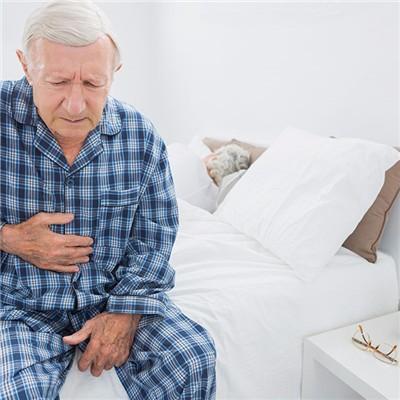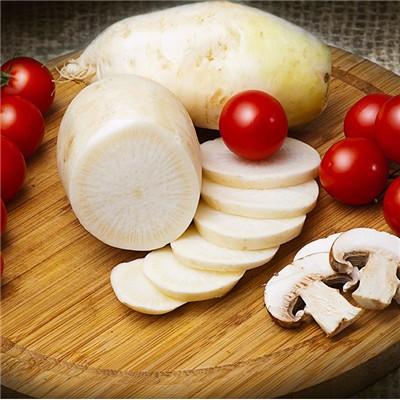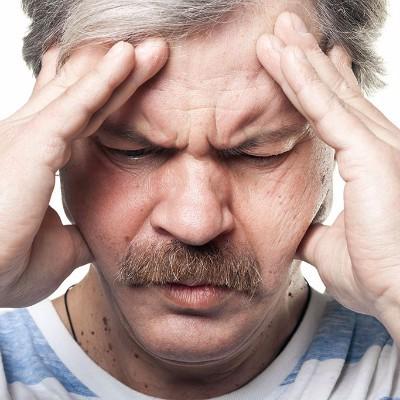Is there polyp at the stump after hysterectomy?
summary
According to statistics, about 15% of middle-aged women over 35 years old have uterine fibroids. The rate of uterine fibroids deterioration is very small, generally less than 1%. So most fibroids do not need surgery, just regular follow-up examination. Uterine fibroids cause a lot of bleeding, or long-term excessive menstruation, anemia, and drugs can not cure. At this time, surgical resection is an effective solution. Cervical cancer is ranked first in the reproductive system cancer, so the emergence of this disease must be timely removal of the uterus in order to avoid future trouble. After hysterectomy, there is not much impact on life, except that you can no longer get pregnant. So in the case of long polyps after hysterectomy, what should we do?
Is there polyp at the stump after hysterectomy?
The reason of vaginal stump polyp growth after hysterectomy is usually due to inflammation or poor suture absorption, because each person has different degree of suture absorption due to individual differences. If the suture is not well absorbed, it is prone to inflammatory reaction. When the polyp is formed, it is necessary to remove the polyp, remove the granulation tissue of the polyp locally, and prevent infection.

The uterus is an important female genital tube, mainly to breed the next generation, when there is a disease, we should measure the pros and cons of treatment. Generally, when the uterus has large myoma, hysterectomy should be considered. Patients with cervical cancer, if not fertility requirements, is to remove the uterus. And endometrial cancer and ovarian cancer patients are to remove the uterus.
Greasy food should be avoided after hysterectomy. Because eating too much greasy food will lead to fat accumulation, resulting in wound healing, weakened resistance to bacteria. We should also increase protein intake to help wound healing and increase physical strength. Also eat the right amount of vegetables and fruits. Add more water to prevent constipation.

matters needing attention
After hysterectomy, attention should be paid to nutrition and the diet should be high protein and low fat. In order to promote postoperative abdominal incision healing, drink chicken soup, fish soup, broth, pigeon soup, etc. Eat more fresh vegetables and fruits to keep the stool unobstructed and prevent vaginal stump bleeding due to constipation.



